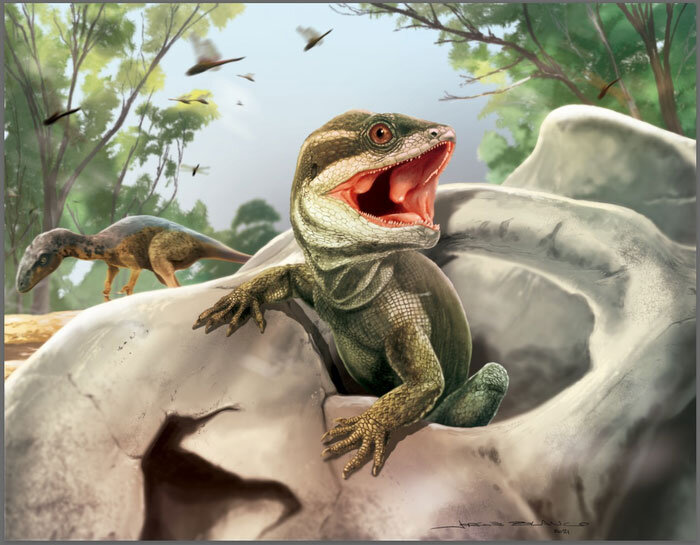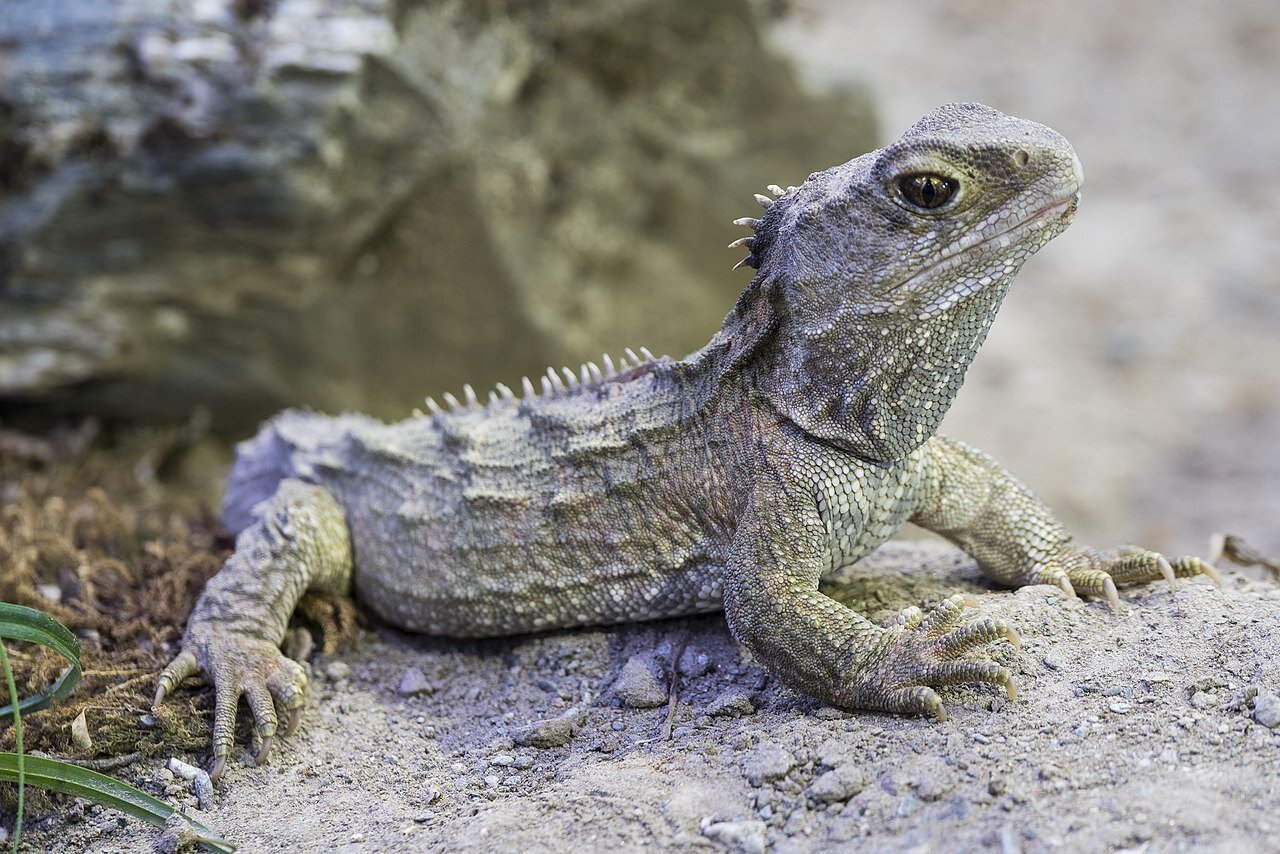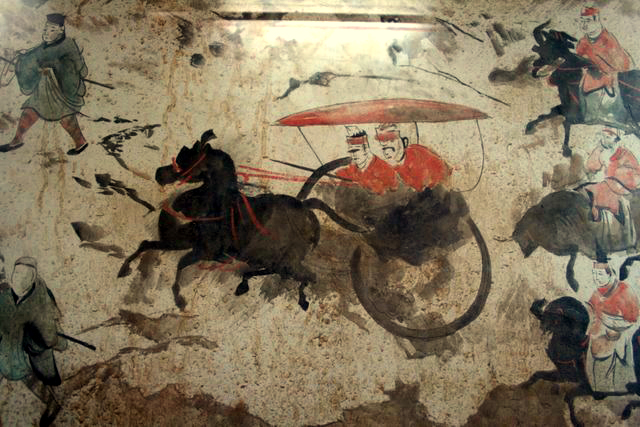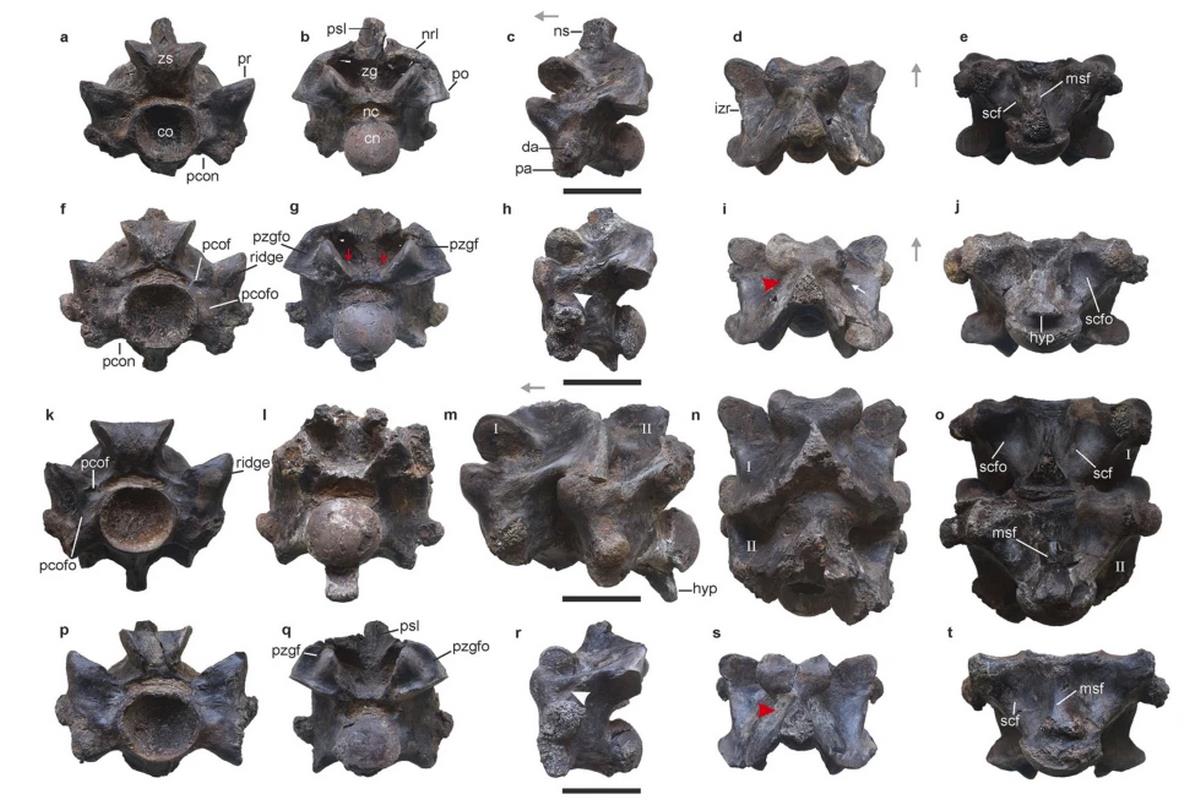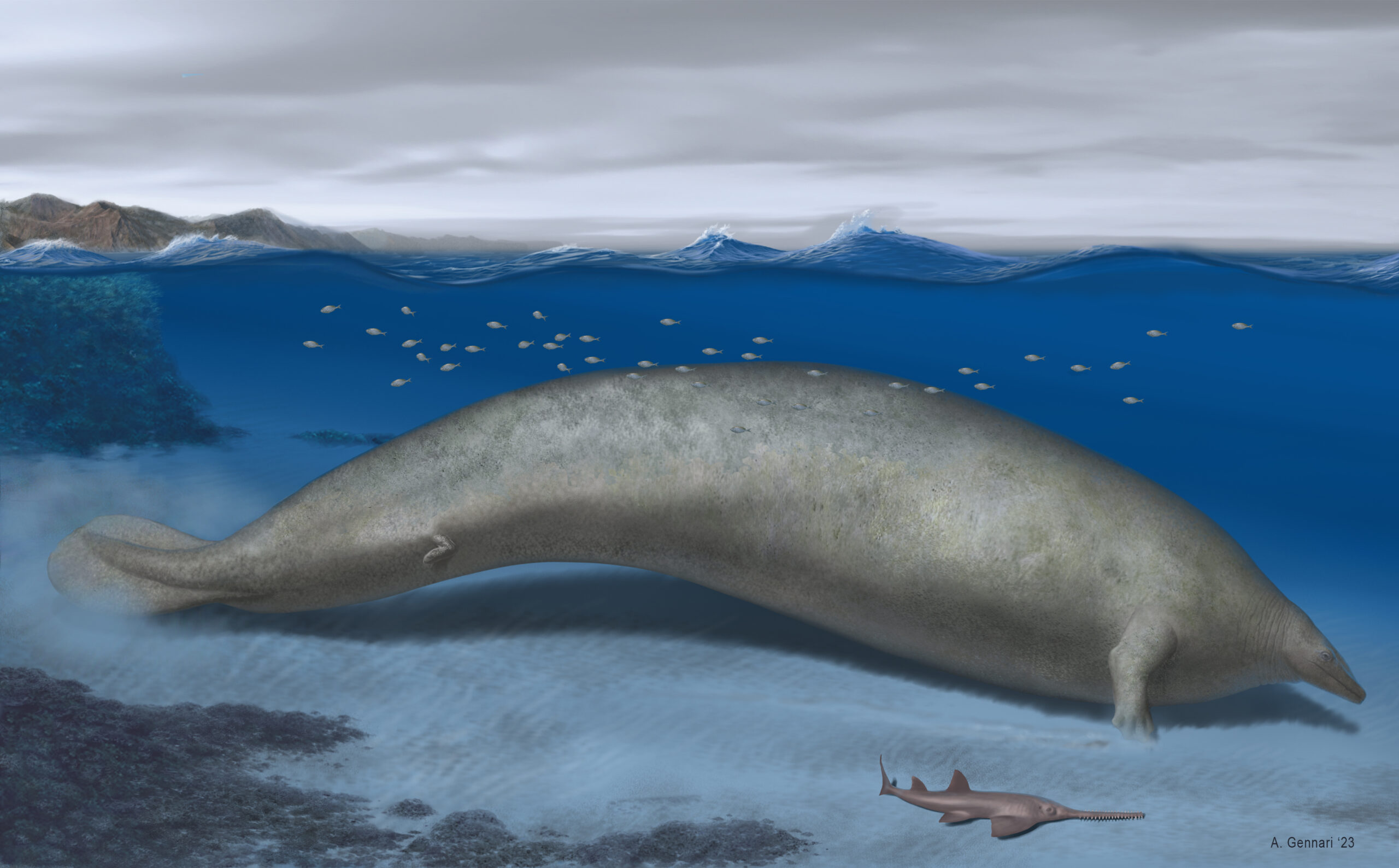PICTURED: The most primitive member of lepidosaurs, Taytalura alcoberi. PC: from scientific illustrator Jorge Blanco.
The title “Father of Lizards,” might inspire images of giant crocodiles, monitors, or even once upon a time, Tyrannosaurus rex, but a three-dimensionally preserved skull found in Argentina has been confirmed as the single oldest link in the evolutionary chain of modern lizards.
Dated to the Late Triassic, the skull of the first lizard, known as Taytalura alcoberi, unsurprisingly comes during a time when reptiles, including crocodilians, exploded into a wide variety of forms, and is the progenitor of the orders known as “true lizards” and another called “tuatara”.
Lepidosauria is a superorder in the class reptiles, and includes the order squamates: lizards in all their marvelous variety, snakes, and legless lizards. It also includes an order called Rhynchocephalia, which today is represented by a single family, containing a single genus, containing a single species: the northern tuatara, as all other living relatives are extinct.
The skull, found in Ischigualasto Provincial Park in northwest Argentina, was notably small for a time characterized by enormous reptiles like the early suchians, or crocodile relatives, which dominated the Triassic Period between 255-200 million years ago.
“There was a universe of fauna sneaking among bigger, clawed or hoofy paws,” says paleontologist and co-author of the corresponding paper, Sebastián Apesteguía at the Universidad Maimónides in Buenos Aires.
The skull was excellently preserved, and sent to the Department of Paleontology at the Museum of Natural History in Stuttgart, Germany, for a CT scan which would allow lead author and curator for the Museum of Natural Science, Ricardo N. Martínez, to see it in a mosaic of colors for each bone of the skull.
“The almost perfectly preserved Taytalura skull shows us details of how a very successful group of animals, including more than 10,000 species of snakes, lizards, and tuatara, originated,” says paleontologist and museum curator Ricardo N. Martínez, at the National University of San Juan in Argentina.
PICTURED: Reconstruction of the skull of Taytalura based on high-resolution CT scans (left) and its placement in the evolutionary tree of reptiles (right). PC: (Left) Gabriela Sobral, Jorge Blanco, and Ricardo Martínez; (Right) Tiago Simões.
PICTURED: A northern tuatara at the West Coast Wildlife Centre, at Franz Josef on the southern West Coast of New Zealand. PC: Stewart Nimmo. CC 4.0.
Prime mover
At an inch long, Taytalura had a Hobbit-sized role in the shaping of Earth’s history. The skull revealed interesting characteristics including a unique set of teeth, and a striking resemblance to modern tuataras, suggesting that squamates, which includes more than 9,000 different species of chameleons, iguanas, snakes, legless lizards, etc. diverged significantly from the early lepidosaur path.
If the northern tuatara didn’t exist, one might say the modern artistic renderings look like a cross between a gecko and an iguana: an incredibly basic looking animal, and unsurprising creator of lepidosaurs.
Science Alert explains that Martínez and his team used sophisticated statistical tools based on a comprehensive dataset of fossilized reptiles to come up with a placement in the phylogenetic tree of reptiles, and any nearby relatives. The results of this analysis were what placed the small lizard at the head of the reptile table.
In the end, it was given the name Taytalura alcoberi, derived from the indigenous Quechua word for father “Tayta” and the Kakán word for lizard, spoken by Diaguita people who live in the area where the fossil was found.
The region is unique, as most of the earliest reptile fossils have been found in Europe. During the Mesozoic and Triassic, the world was still conjoined in the supercontinent of Pangaea, meaning the inch-long skull was attached to an animal capable of traveling thousands of miles.
“Contrary to almost all fossils of Triassic lepidosaurs found in Europe, this is the first early lepidosaur found in South America, suggesting lepidosaurs were able to migrate across vastly distant geographic regions early in their evolutionary history,” noted Sebastián Apesteguía. “Taytalura teaches us that we were missing important information by looking not only for bigger animals, but for also thinking that the origin of lizards occurred only in the Northern Hemisphere as evidence seemed to support until now”.
